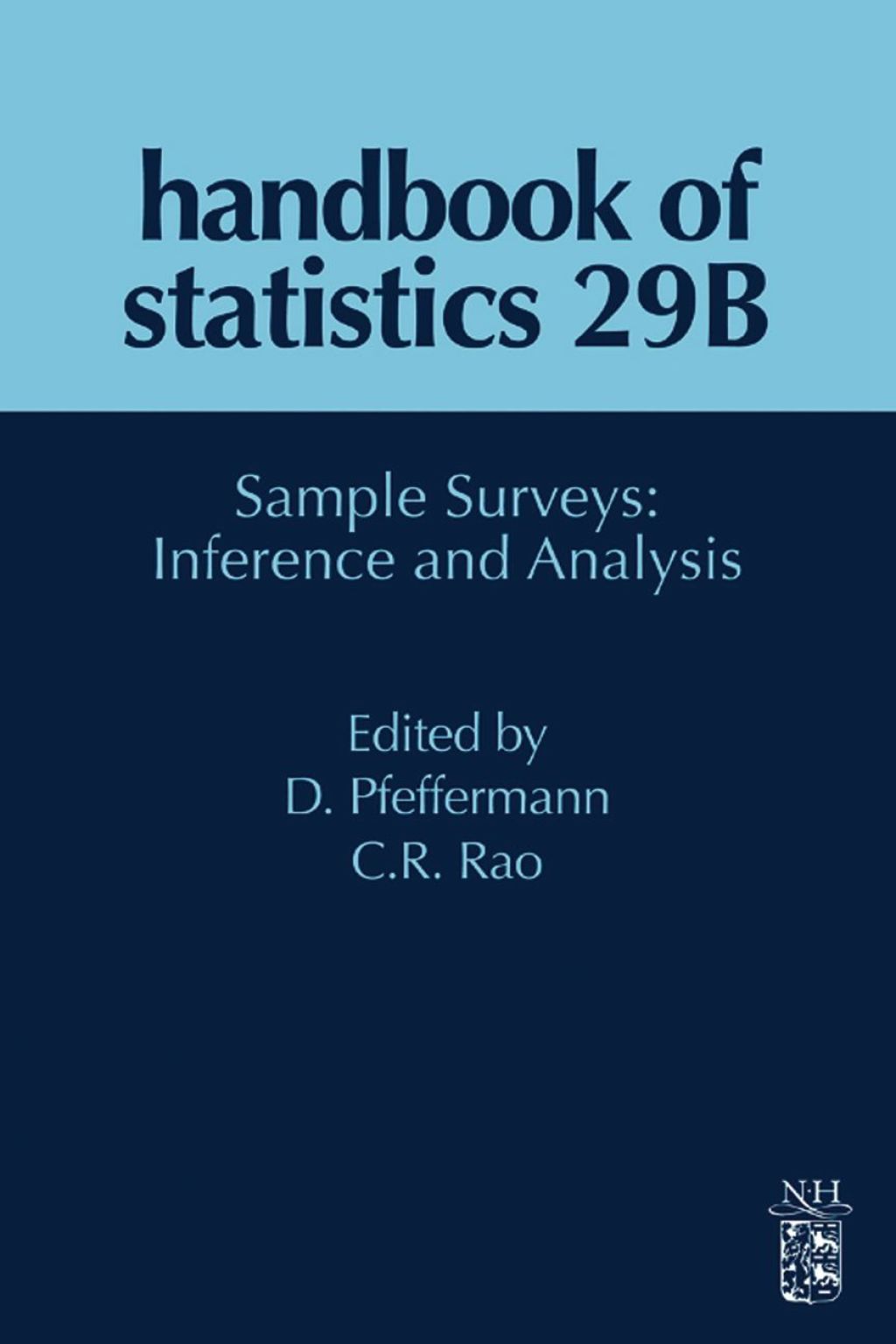Description
What new tools and models are enriching labor economics?
“Developments in Research Methods and their Application” (volume 4A) summarizes recent advances in the ways economists study wages, employment, and labor markets. Mixing conceptual models and empirical work, contributors cover subjects as diverse as field and laboratory experiments, program evaluation, and behavioral models. The combinations of these improved empirical findings with new models reveal how labor economists are developing new and innovative ways to measure key parameters and test important hypotheses.
- Investigates recent advances in methods and models used in labor economics
- Demonstrates what these new tools and techniques can accomplish
- Documents how conceptual models and empirical work explain important practical issues















